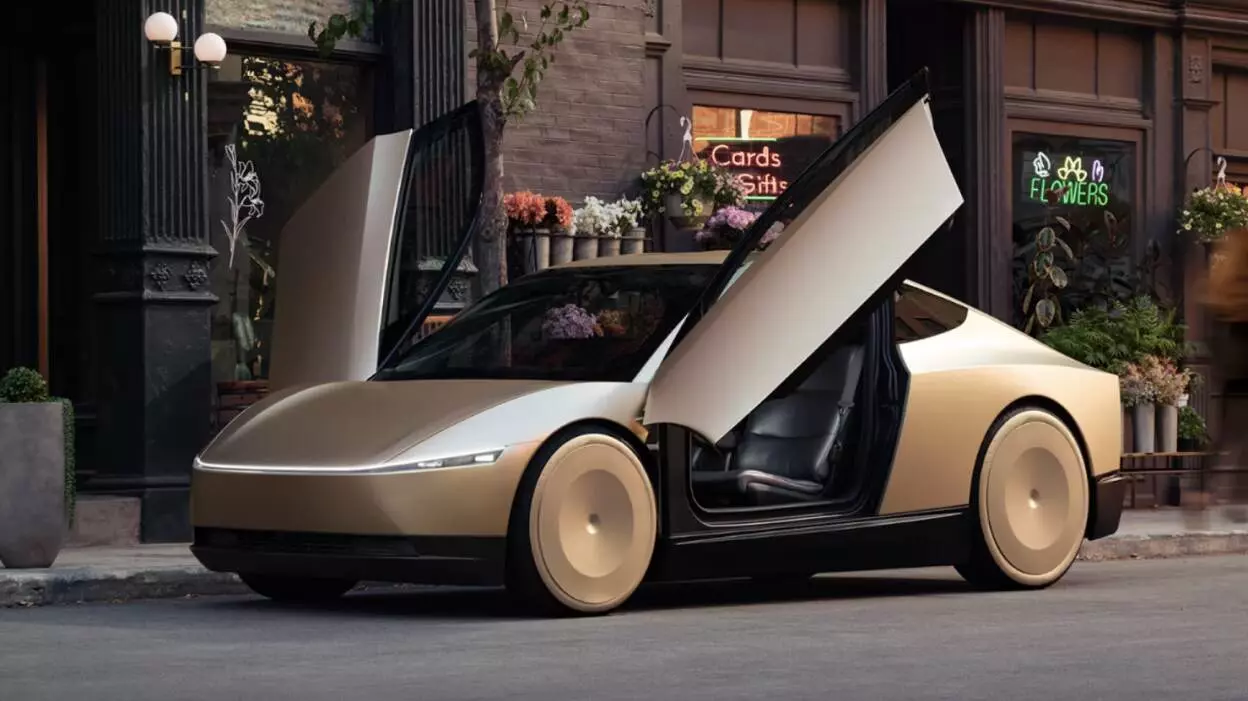Elon Musk Introduces Groundbreaking 'Cybercab' Robotaxi
Elon Musk has launched Tesla's self-driving taxi, the 'Cybercab,' a fully autonomous vehicle designed without steering wheels or pedals, alongside the new Robovan, showcasing his vision for the future of transportation without drivers.
Elon Musk Introduces Groundbreaking 'Cybercab' Robotaxi

After nearly five years of anticipation and unmet expectations, Elon Musk, the innovative CEO of Tesla, has finally revealed the long-awaited robotaxi, named Cybercab.
Musk arrived nearly an hour late to the high-profile “We, Robot” event, which was broadcast live from Warner Bros. Studio in California, appearing in one of the 50 Tesla robotaxis that had been circulating around the venue. In fact, the event's biggest surprise was the introduction of Tesla’s Robovan.
Tesla Cybercab features: Elon Musk's futuristic taxi
Musk described Cybercab as "a sleek, sustainable, and intelligent robotaxi that will transform urban mobility." The autonomous robotaxi Cybercab is a purpose-built vehicle, lacking a steering wheel or pedals, which means it will need approval from regulators before going into production. "Cybercab has no steering wheels or pedals," Musk said while speaking at the event.
This futuristic design also features butterfly-wing doors and a compact cabin with room for only two passengers.
Cybercab launch details
Musk announced that production of the Cybercab will begin in 2026, with a retail price expected to be under $30,000 (approximately ₹25.2 lakh). He also mentioned, "It will be more affordable than public transit." Fully autonomous vehicles, starting with the Tesla Model 3 and Model Y, should be operational in Texas and California by next year, with plans to include the Model S and Cybertruck as well. The production of Cybercab, optimised for complete self-driving capabilities, is set to start in 2026.
Robotaxi by Tesla: Unveiling a New Era
Unlike competitors that rely on costly lidar systems, Musk has opted for a more economical solution, employing only cameras and AI for Tesla's Full Self-Driving (FSD) system. However, this approach has faced regulatory scrutiny and legal challenges, particularly following investigations into two fatal accidents involving the technology, raising concerns about Tesla's autonomous driving strategy.
In a nutshell, by eliminating traditional driving controls, Tesla aims to create a more spacious and user-friendly interior that enhances the overall passenger experience.

